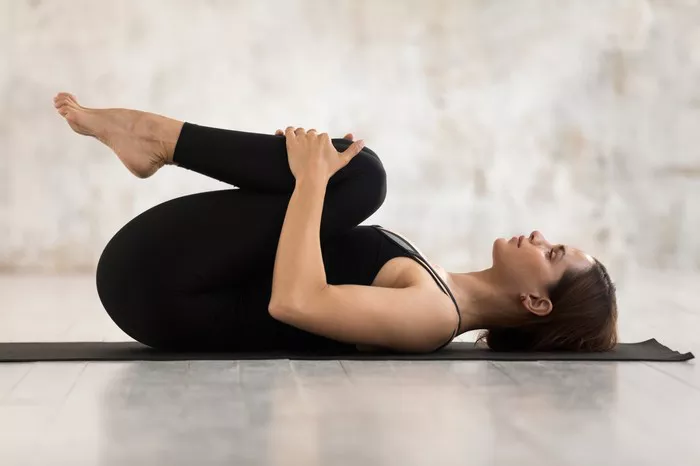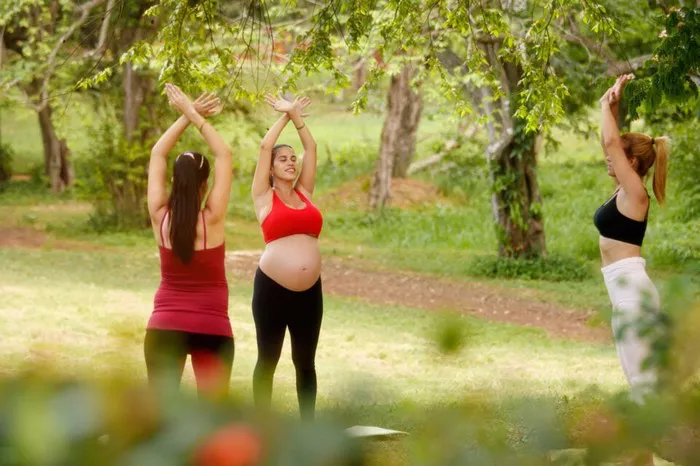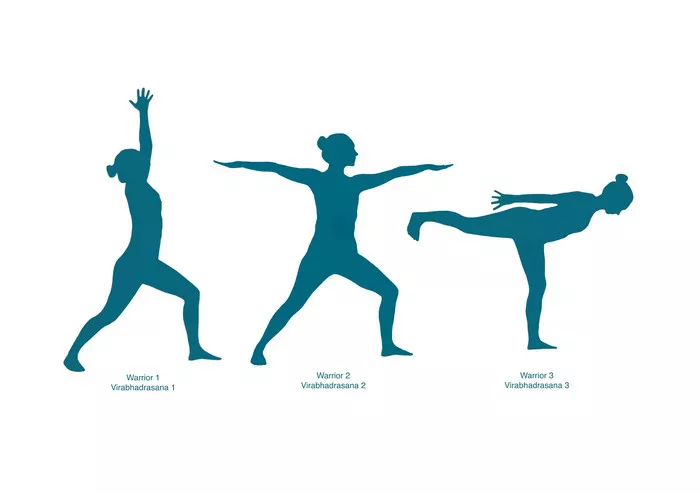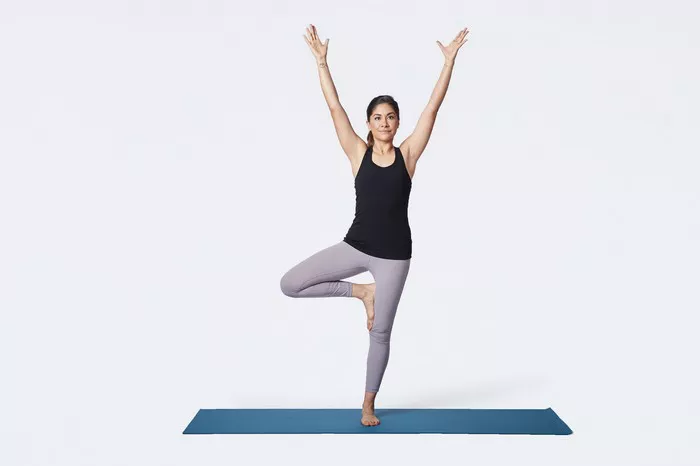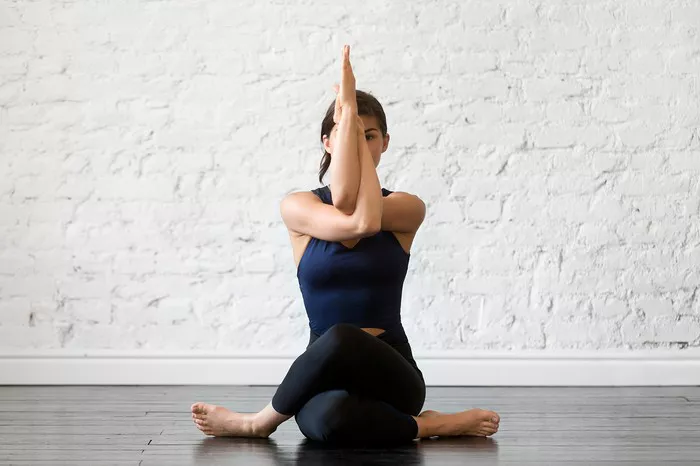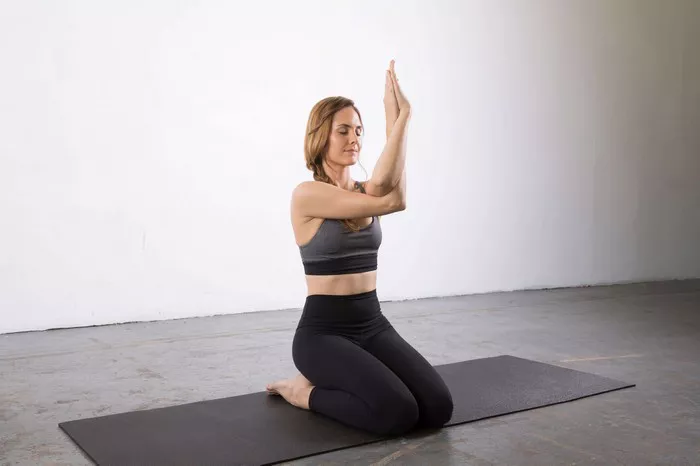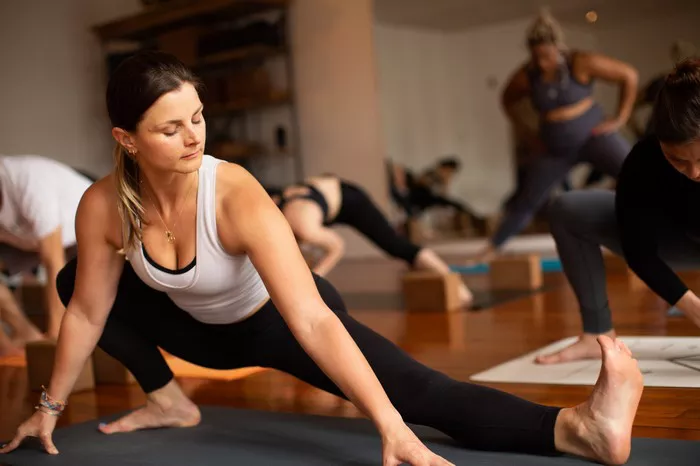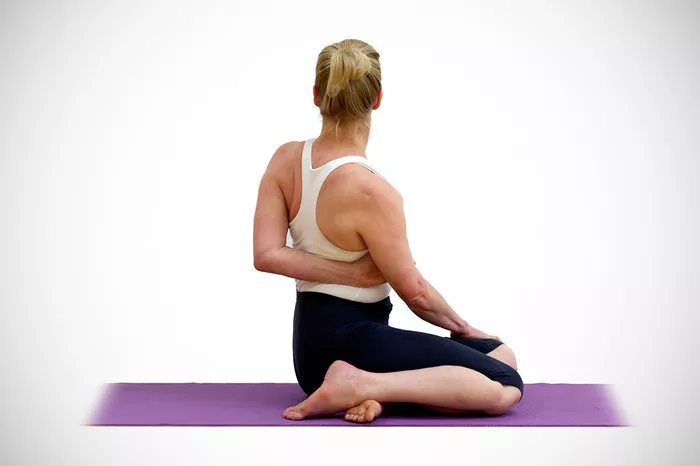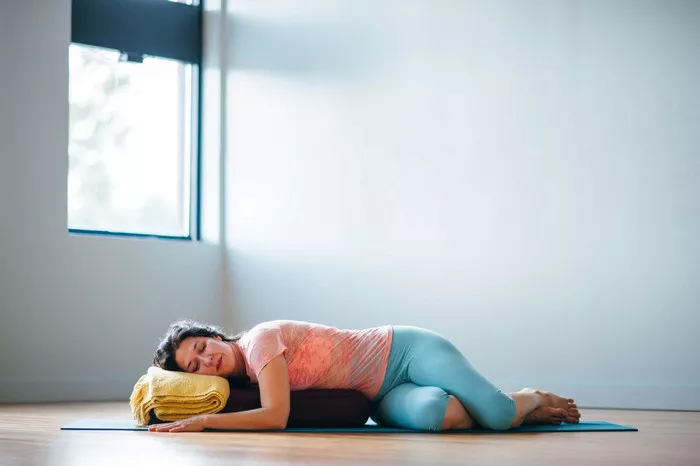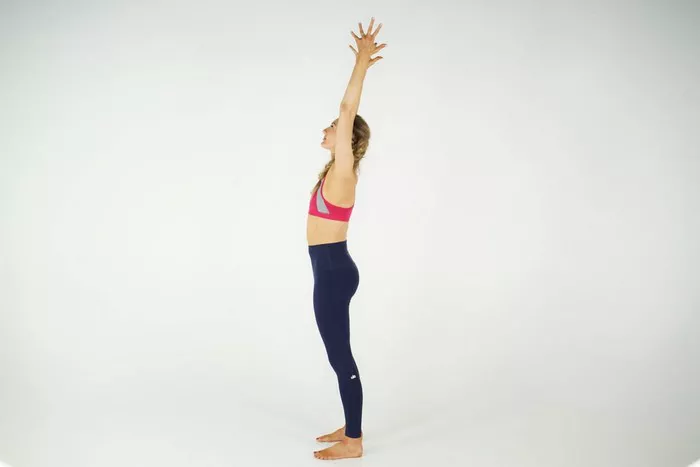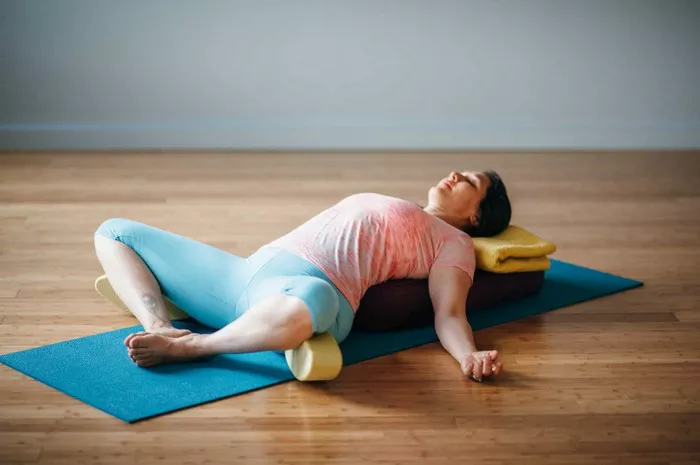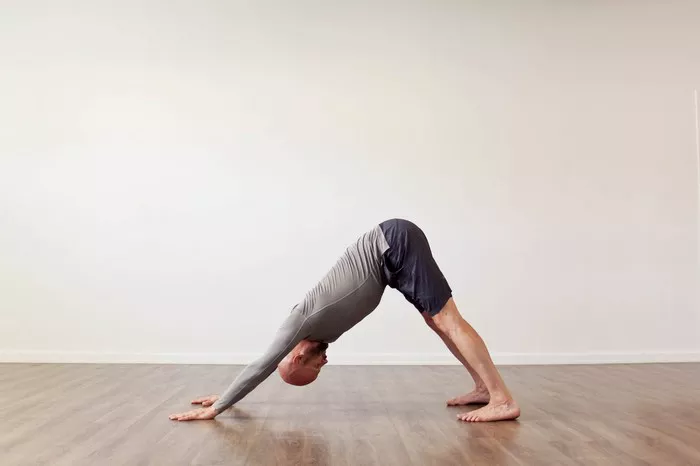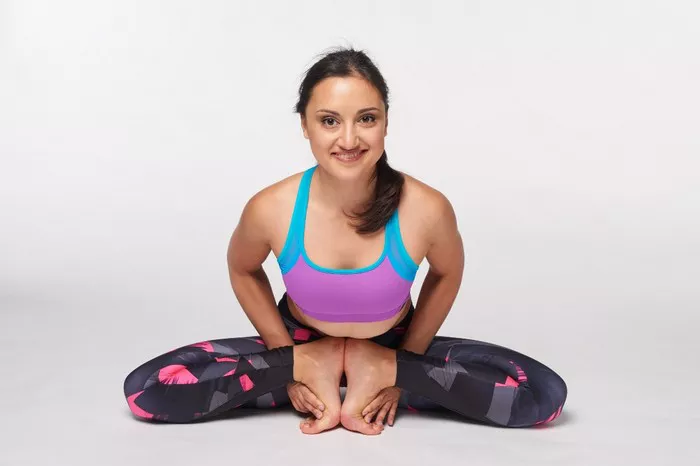Yoga has gained immense popularity over the past few decades as a holistic practice for improving physical fitness, mental clarity, and emotional stability. From busy professionals to retirees, people of all ages and backgrounds are incorporating yoga into their daily routines. However, with increased participation comes a crucial question: can too much yoga hurt your back? This article will guide beginners through understanding how yoga can impact spinal health, both positively and negatively, and how to practice it safely.
1. Understanding the Benefits of Yoga for the Spine
Yoga is known to enhance flexibility, strengthen muscles, and improve posture, all of which contribute to better spinal health. Specific poses such as downward dog, cat-cow, and cobra are designed to elongate the spine and relieve tension in the back muscles. When done correctly, yoga can be therapeutic for individuals suffering from chronic back pain or stiffness.
Some of the key benefits include:
- Increased spinal flexibility and range of motion
- Strengthening of core and back muscles
- Improved posture and alignment
- Reduction in stress-related muscle tension
- Better circulation and joint health
Practicing yoga regularly can help maintain the natural curvature of the spine, thereby preventing degenerative issues. However, these benefits are contingent on proper technique and balanced practice.
2. The Risks of Overdoing Yoga
While yoga offers numerous benefits, excessive or improper practice can lead to injury. One of the most common areas affected by over-practice is the lower back. Overstretching, poor alignment, or repeatedly performing advanced poses without adequate preparation can strain muscles and ligaments.
Key risks of too much yoga include:
- Muscle strain or sprain in the back
- Herniated discs from excessive forward bending
- Stress fractures in the vertebrae from repetitive extension
- Chronic pain from imbalanced practice
Beginners are particularly vulnerable because they may lack body awareness and foundational strength. Without proper guidance, it’s easy to push beyond one’s limits in pursuit of flexibility or complex postures.
3. Common Yoga Mistakes That Hurt the Back
Many back injuries in yoga stem from poor form or misunderstanding of the pose’s mechanics. The following mistakes are especially prevalent among beginners:
- Rounding the spine in forward folds: This compresses the lumbar spine and can lead to disc problems.
- Overarching in backbends: Without core engagement, poses like upward dog or wheel can put excessive pressure on the lower back.
- Neglecting alignment in standing poses: Twisting incorrectly or leaning too far forward can cause muscle imbalance.
- Holding poses too long: Especially in deep stretches, holding a pose without active engagement can lead to overextension and joint strain.
Correcting these habits early on is essential. Yoga should never be about pushing through pain or mimicking someone else’s flexibility.
4. Listening to Your Body: The Principle of Ahimsa
In yogic philosophy, “Ahimsa” refers to non-violence or non-harming, and this applies directly to how one approaches their practice. Respecting your body’s limits is a fundamental aspect of safe yoga. Feeling a stretch is good, but feeling sharp pain or discomfort, especially in the back, is a red flag.
Signs to watch for:
- Sharp or shooting pain during or after class
- Persistent lower back soreness
- Tingling or numbness in the legs
- Decreased mobility
These symptoms indicate the need for rest or a change in your approach. Yoga should be sustainable and supportive, not a cause of chronic pain.
5. How to Practice Yoga Safely for Your Back
To enjoy the benefits of yoga without compromising your spinal health, it’s important to follow certain safety principles. Especially for beginners, developing body awareness and proper technique is critical.
Here are some practical guidelines:
- Warm up properly before any session to prepare your muscles and joints.
- Use props like blocks, straps, or bolsters to maintain alignment and reduce strain.
- Engage your core in every pose to support your lower back.
- Modify poses as needed instead of pushing into advanced versions.
- Incorporate rest days to allow muscles to recover and avoid overuse injuries.
- Seek instruction from certified yoga teachers who can correct your form.
With these steps, you can build a solid foundation that protects your back and enhances the benefits of yoga.
6. Recommended Yoga Poses for a Healthy Back
Some yoga poses are particularly beneficial for strengthening and stretching the back without putting it at risk. Beginners can include the following poses in their routine to support spinal health:
- Cat-Cow Stretch (Marjaryasana-Bitilasana): Gently mobilizes the spine.
- Child’s Pose (Balasana): Provides a gentle stretch and releases tension.
- Sphinx Pose: Strengthens the lower back with minimal compression.
- Bridge Pose (Setu Bandhasana): Builds glute and back strength.
- Supine Twist: Encourages gentle spinal rotation and relieves tension.
Always focus on form over depth and use props as necessary to maintain proper alignment.
7. Yoga Styles and Their Impact on the Spine
Different yoga styles offer varying levels of intensity and emphasis. Some are better suited for spinal care, while others may require greater caution.
Low-impact styles:
- Hatha Yoga: Slow and gentle, ideal for beginners and those with back issues.
- Restorative Yoga: Uses props and long holds for deep relaxation.
- Yin Yoga: Focuses on deep stretching but requires careful approach to avoid overextension.
High-impact styles:
- Vinyasa/Power Yoga: Fast-paced and dynamic, requires good body awareness.
- Ashtanga Yoga: Physically demanding, better for experienced practitioners.
- Hot Yoga/Bikram: Increases flexibility due to heat but may mask overexertion.
Choosing the right style based on your experience and physical condition is vital for spinal safety.
8. When to Seek Medical or Professional Advice
While minor soreness can be a natural part of any exercise regimen, persistent or severe back pain should not be ignored. If yoga causes or worsens back problems, it’s important to consult with a healthcare professional or physical therapist.
You should seek advice if:
- Pain lasts more than a week
- There’s numbness or tingling in limbs
- Movement is significantly restricted
- You’ve had previous spinal injuries or surgeries
A professional can assess your condition and may recommend a yoga therapist trained to work with individuals with specific health concerns.
9. Creating a Balanced Routine
Avoiding overuse injuries from yoga means creating a balanced practice that includes variety and moderation. Instead of focusing solely on flexibility, incorporate strength-building, mobility work, and rest into your schedule.
Tips for balance:
- Limit intense sessions to 3–4 times per week
- Alternate with low-intensity or restorative practices
- Include cross-training activities like walking or swimming
- Practice mindfulness and breathwork to reduce stress
A balanced approach ensures that yoga complements your lifestyle rather than becoming a source of strain.
Conclusion
Yoga can be an invaluable tool for maintaining a healthy back when practiced mindfully and in moderation. However, like any physical activity, it comes with risks—especially if done excessively or improperly. By learning proper techniques, listening to your body, and seeking qualified instruction, beginners can enjoy all the benefits yoga has to offer without jeopardizing spinal health. Ultimately, the key lies in practicing yoga not just as a form of exercise, but as a respectful dialogue with your body.
Embracing yoga with awareness, patience, and a balanced mindset will support not just a healthier back, but a more harmonious and sustainable wellness journey overall.
Related Topics:

